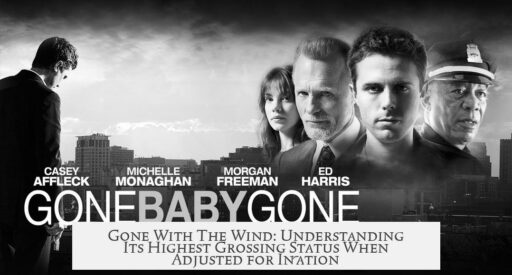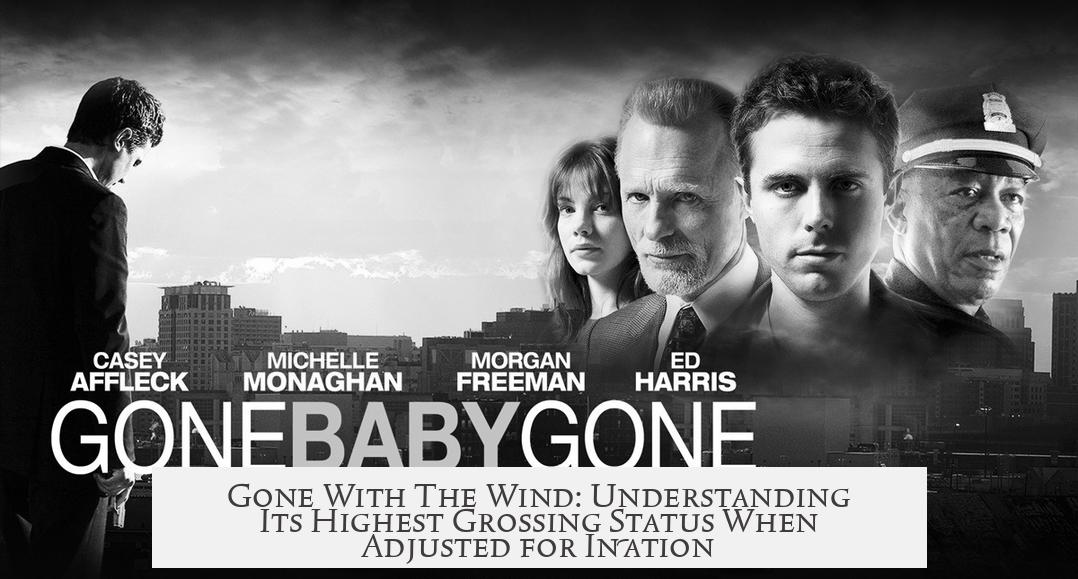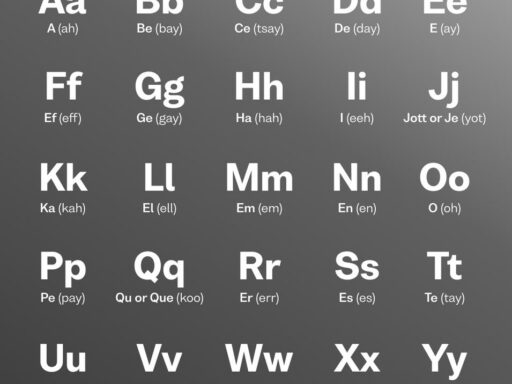Gone With The Wind remains the highest grossing film of all time when adjusted for inflation due to its unique release strategy, repeated re-releases, and the historical context of movie distribution in classical Hollywood.

The film debuted in 1939 during an era when the industry operated under the run-zone-clearance model. This meant the movie did not open nationwide simultaneously. Instead, it premiered in major cities and gradually moved through regional zones, generating sustained buzz across months. For audiences in rural or smaller towns, the release could take over half a year to reach them.
This staggered rollout helped maximize ticket sales over a long period. Promotion involved “roadshows,” where cast and crew traveled to key cities, hosting events that spurred interest and word-of-mouth publicity. Unlike today’s heavy advertising, films then relied on critical reviews and audience recommendations for success.

Gone With The Wind stayed in theaters much longer than modern films, typically playing in one location for weeks before moving on. Crucially, it was re-released multiple times—decades after its initial premiere. Some notable re-release years include 1942, 1947, 1954, 1961, 1967, 1971, 1974, 1989, 1998, 2014, and 2024.
These repeated theatrical showings allowed multiple generations to see the film on the big screen. Since home video, television, and streaming did not exist or were very limited at the time, audiences had no alternative way to watch the film besides cinema visits. This elevated cumulative ticket sales significantly over time, unlike modern blockbusters whose revenue is heavily supplemented by digital, DVD, and TV markets.
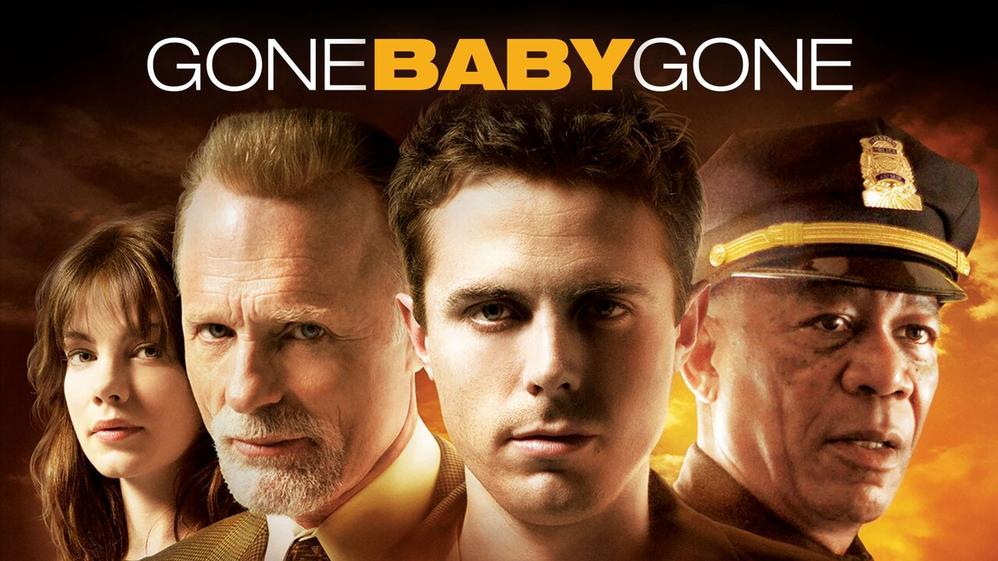
| Factor | Impact |
|---|---|
| Run-Zone-Clearance Model | Extended release timeframe, allowing sustained ticket sales |
| Roadshow and Cast Promotion | Created excitement and word-of-mouth across regions |
| Multiple Re-Releases | Allowed new audiences to watch and past viewers to rewatch |
| Limited Alternative Viewing Options | Guaranteed theater attendance as the sole way to see the film |
When adjusting box office gross for inflation, ticket price changes over time are taken into account. However, such adjustments have limitations. They estimate what a film’s revenue might be if it sold the same number of tickets today but cannot fully capture varying popularity or international revenue. Gone With The Wind’s gross is primarily a US figure where inflation data and ticket sales are better recorded. Modern films generate a larger share of income overseas, which complicates direct comparisons.
Contemporary reports detailed early financial performance. Within weeks of release, MGM claimed $2.5 million from just eight theaters. By the end of 1940, the domestic gross for the initial run was about $23.5 million, with ticket prices in major cities ranging from 75 cents to $2.20. Promotion played a large role. MGM spent up to $500,000 marketing the film, including cover stories in widely read magazines and extensive press coverage. The Atlanta premiere hosted events like parades with over a million attendees and benefited community fundraisers, increasing public interest.
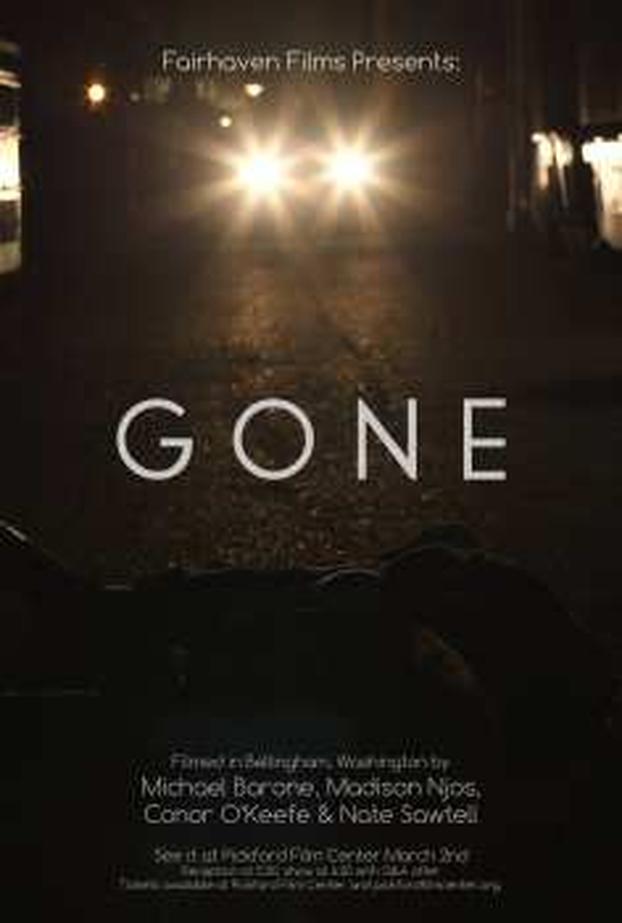
The unique historical context reflects how Gone With The Wind maximized cinema attendance through extended, regional rollouts combined with aggressive promotion and numerous theatrical revivals. Its vast ticket sales, spread over decades, make it the legendary highest grossing film of all time on an inflation-adjusted basis.
- Run-zone-clearance distribution stretched audience reach over months regionally.
- Roadshows and heavy promotion built strong word-of-mouth in the 1930s and 40s.
- Multiple re-releases across decades ensured continuous theater attendance.
- Absence of home viewing meant cinema was the sole outlet to watch the film.
- Inflation adjustment reflects ticket price changes but can’t capture all market factors.
How is it possible that Gone With The Wind is the highest grossing film of all time when adjusted for inflation?
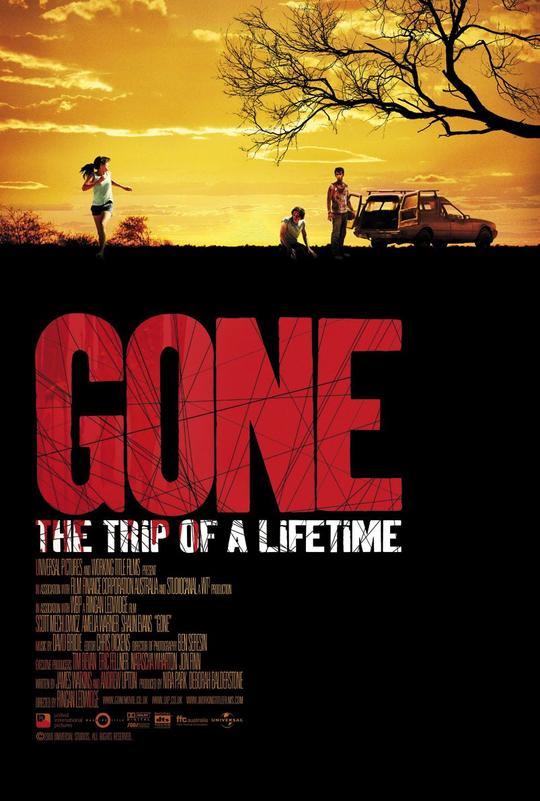
Gone With The Wind remains the highest grossing film of all time when adjusted for inflation due to its unique, extended release strategy, multiple re-releases, and cultural impact over decades rather than a single blockbuster event. Sounds simple, but it’s a fascinating story of how films once ruled the theaters for stretches, and not just in a weekend or a month.
First, let’s talk about how movies were shown back in the day, specifically in the classical Hollywood era from 1915 to 1960. Movies didn’t drop everywhere all at once like today. Instead, studios used a run-zone-clearance model. What does this mean? Think of America as a giant chessboard split into regions—or zones.
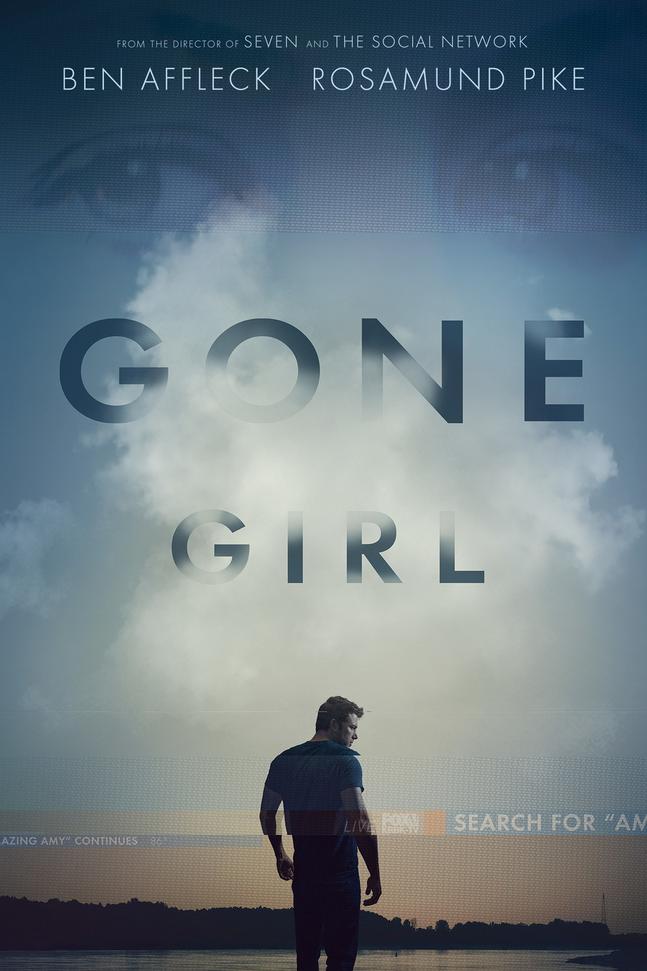
A film might premiere in a big city like New York or Los Angeles. It would play there for several weeks—the “run” part—before moving on to smaller cities and towns after a little break, the “clearance.” This staggered release helped generate word-of-mouth buzz. People in rural areas could catch the film months later. It was almost like a traveling circus of cinema, a US tour for the hottest film in town.
Similarly, Gone With The Wind got an extra push through “roadshows.” The cast and crew traveled to various cities to promote the film in person. Imagine Scarlett O’Hara and Rhett Butler as rock stars on a promotional tour! These roadshows created a frenzy, turning the movie into an event, not just a simple outing. This approach gave the movie huge staying power in theaters, keeping it alive in public memory far longer than typical films at the time.

Unlike today’s Hollywood, advertising in the late 1930s was less about flashy TV spots and more reliant on critical reviews and personal recommendations. Word-of-mouth counted big time. A fantastic review in a leading magazine or buzzing chatter at the local diner could make or break a film’s performance, and Gone With The Wind hit the perfect note.
Long Exhibition and Multiple Re-releases: The Secret Sauce
Here’s one big reason for Gone With The Wind’s unbeatable box office record: studios re-released it numerous times over several decades. Not just once or twice, but multiple re-releases—in 1942, 1947, 1954, 1961, 1967, 1971, 1974, 1989, 1998, 2014, and even recently for its 85th anniversary.
This meant it wasn’t a one-time ticket seller but a film that drew audiences generation after generation. People who missed it in 1939 had another chance in the 50s or 60s. Kids who saw it with their parents might return as adults. This longevity effectively multiplies the ticket sales dramatically.
Contrast this with a modern blockbuster like Avatar. It had blazing opening weekends but lost steam quickly after the first months. Plus, Avatar made billions from streaming, DVDs, and international markets which didn’t exist back in 1939. While that’s impressive, it’s a different business model entirely.
Adjusted Box Office Figures: What They Mean and What They Don’t
Now, while we brag about black-and-white films having more clout than CGI spectacles, let’s be honest—adjusting for inflation is tricky business. The “adjusted” numbers assume the movie sold the same number of tickets if released today, using average ticket prices as a baseline.
But ticket prices, viewing habits, and the entire entertainment landscape have changed. Movies today rely heavily on the international box office, while Gone With The Wind earned most of its money in the United States via theaters alone. So adjusted figures give a rough estimate, not an exact science.
Marketing and Publicity: The Making of a Cultural Phenomenon
MGM didn’t just release a film; it launched a spectacle. The studio spent between $200,000 and $500,000 on marketing—a fortune in 1939—covering magazine spreads and securing free press coverage. Time magazine featured the film on its cover the week of the debut, which was huge for publicity.
The premiere in Atlanta was a massive event. The city put up $5,000 to help fund festivities like parades, creating a hometown celebration like a state fair. A staggering 1.5 million people attended Atlanta’s parade—imagine a small city suddenly bursting with fans eager to see their local stars.
The sneak peek at Loew’s Grand Theatre charged a hefty $10 admission (in 1939 dollars!), which was pricey entertainment back then, signaling that this film was a luxury event and not a typical movie night.
People were so excited—Gallup polls suggested 56 million Americans planned to see the film. Remember, the US population was about 130 million then. That’s almost half the country gearing up to watch a movie. That doesn’t happen today except for a few blockbusters.
So, Why Does All This Matter?
The takeaway here is that Gone With The Wind’s legendary box office success is a product of its time and strategy. It wasn’t just the film’s quality (though that helped); it was the way Hollywood did business: long exhibition runs, roadshow events, strategic buzz-building, and many re-releases over decades.
Modern blockbusters might rake in more raw dollars from day one due to wider releases and home viewing options, but they don’t match the cultural longevity from having decades to build an audience in theaters. Would Avatar have made as much if it only played once for a month and then vanished for decades? Unlikely.
Gone With The Wind built its empire in ticket sales one region, one generation at a time. It turned watching a movie into an event stretched over years, creating a cultural phenomenon that’s hard to replicate in the age of instant streaming and digital downloads.
Practical Takeaway: Can We Learn From This Today?
- Film distributors today focus on wide, simultaneous releases for maximum opening weekend impact.
- But there is value in building longevity through thoughtful re-releases, special anniversary screenings, or director’s cut showings.
- Events like film tours or cast reunions can ramp up buzz in the way “roadshows” did for Gone With The Wind.
- For filmmakers and marketers, balancing immediate sales with sustained cultural presence can create a lasting legacy.
In the end, Gone With The Wind proves that box office success isn’t just about the biggest opening night. It’s about connecting with audiences over time and keeping a film alive long after the popcorn is gone.
So, the next time you wonder about inflation-adjusted box office champions, remember: the secret is often in the history of HOW they were seen, not just how much money they made at once. Now, who’s got the popcorn?
Q1: How did the run-zone-clearance model help Gone With The Wind earn so much over time?
The film premiered in big cities first and then slowly moved to smaller towns. This long release cycle let many different audiences see it in theaters over several months, boosting ticket sales repeatedly in different regions.
Q2: Why did multiple re-releases matter for the film’s total gross?
Gone With The Wind was re-released many times from 1939 through decades later. Each re-release attracted new viewers and fans who wanted to watch it again, increasing its total ticket sales beyond just the initial run.
Q3: How does adjusting for inflation show Gone With The Wind as the top-grossing film?
Adjusting for inflation estimates what the film would have earned if it sold the same number of tickets at current prices. This accounts for many tickets sold over time, even if dollar amounts then seem low compared to today.
Q4: Why can’t modern home video and streaming revenues be compared to this film’s earnings?
Gone With The Wind was only available in theaters for decades because TV and home video markets didn’t exist then. Modern films earn millions from streaming and video sales, so direct comparisons to older films’ theatrical runs miss these additions.
Q5: What role did marketing and public events play in the film’s financial success?
MGM spent heavily on marketing and arranged roadshow events with the cast. Public parades, special premieres, and press coverage created buzz and drew huge audiences, helping the film maintain strong ticket sales during and after its initial release.
